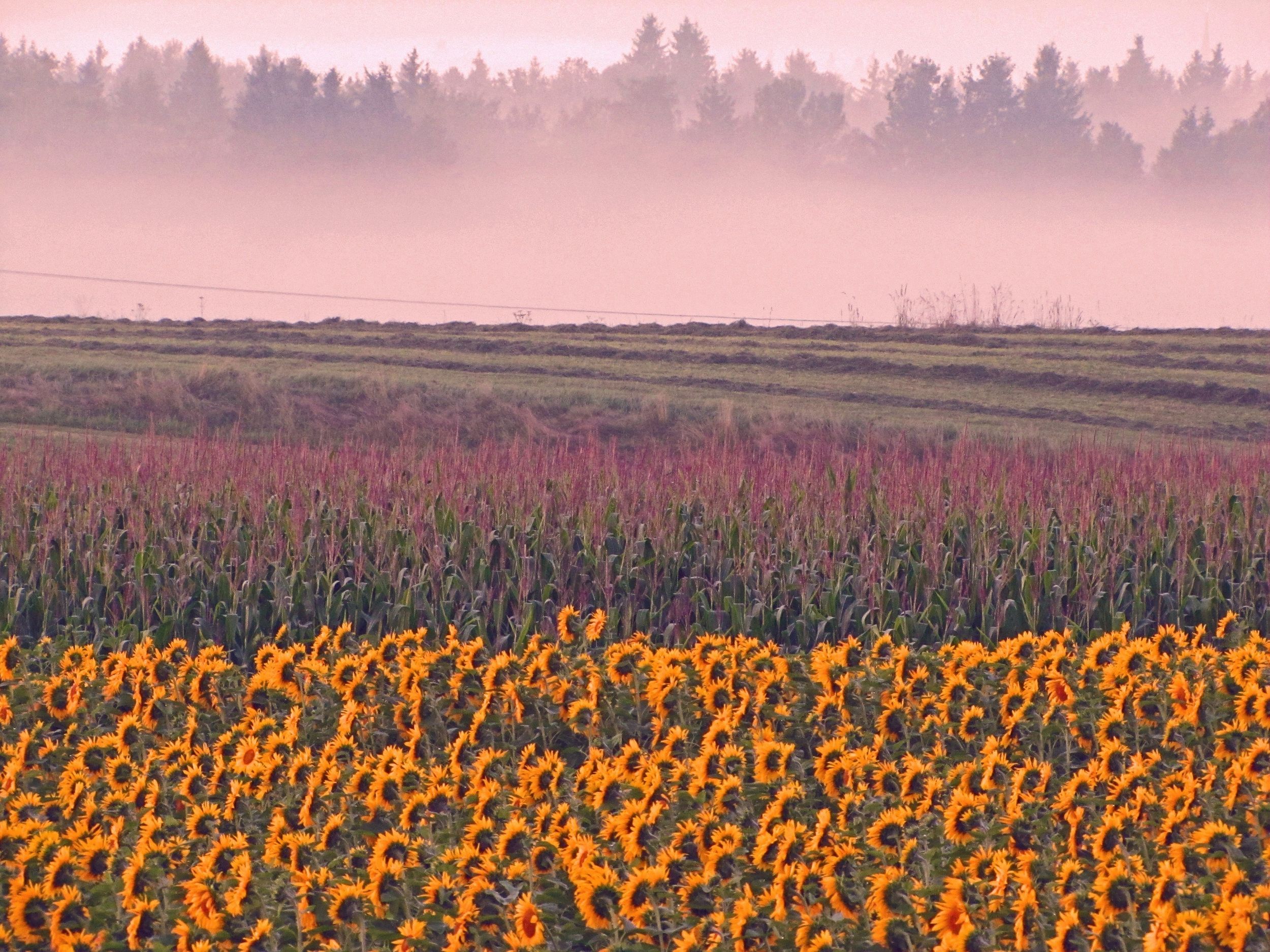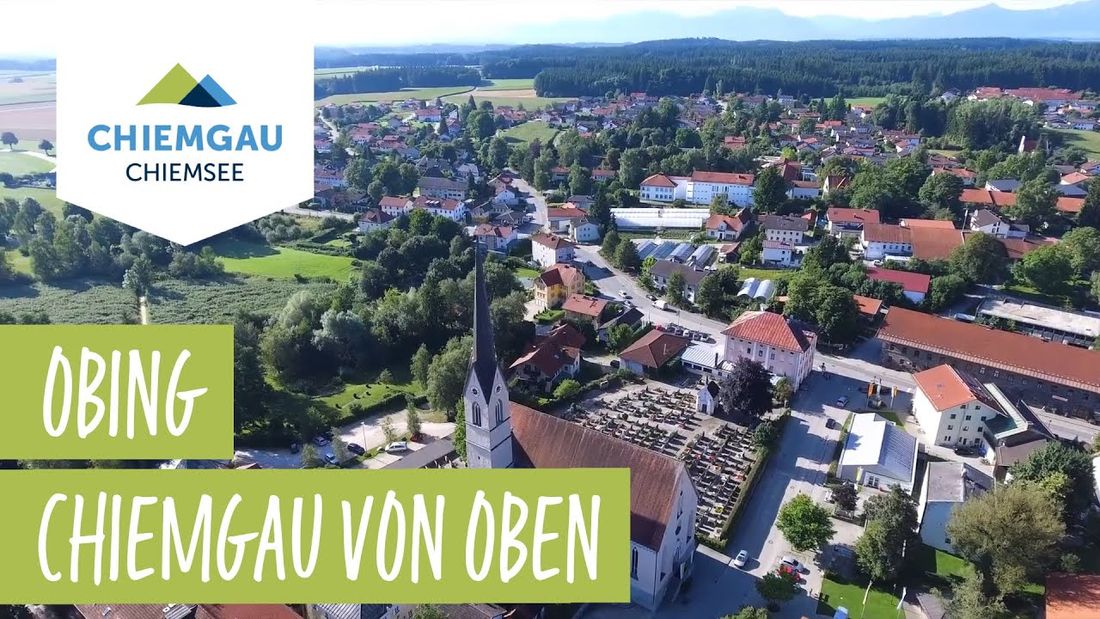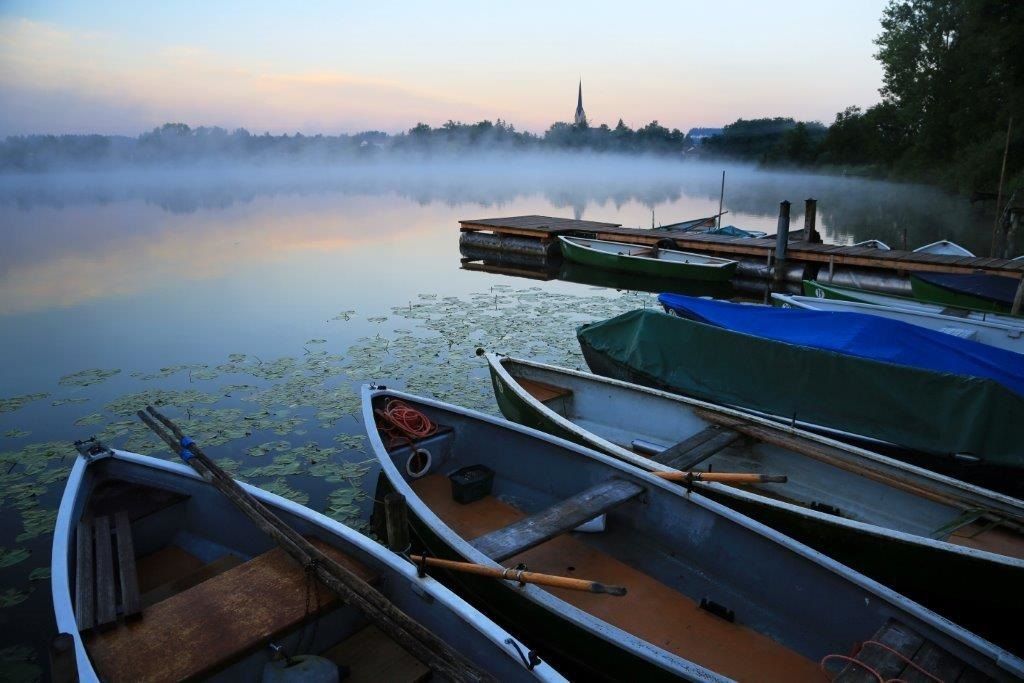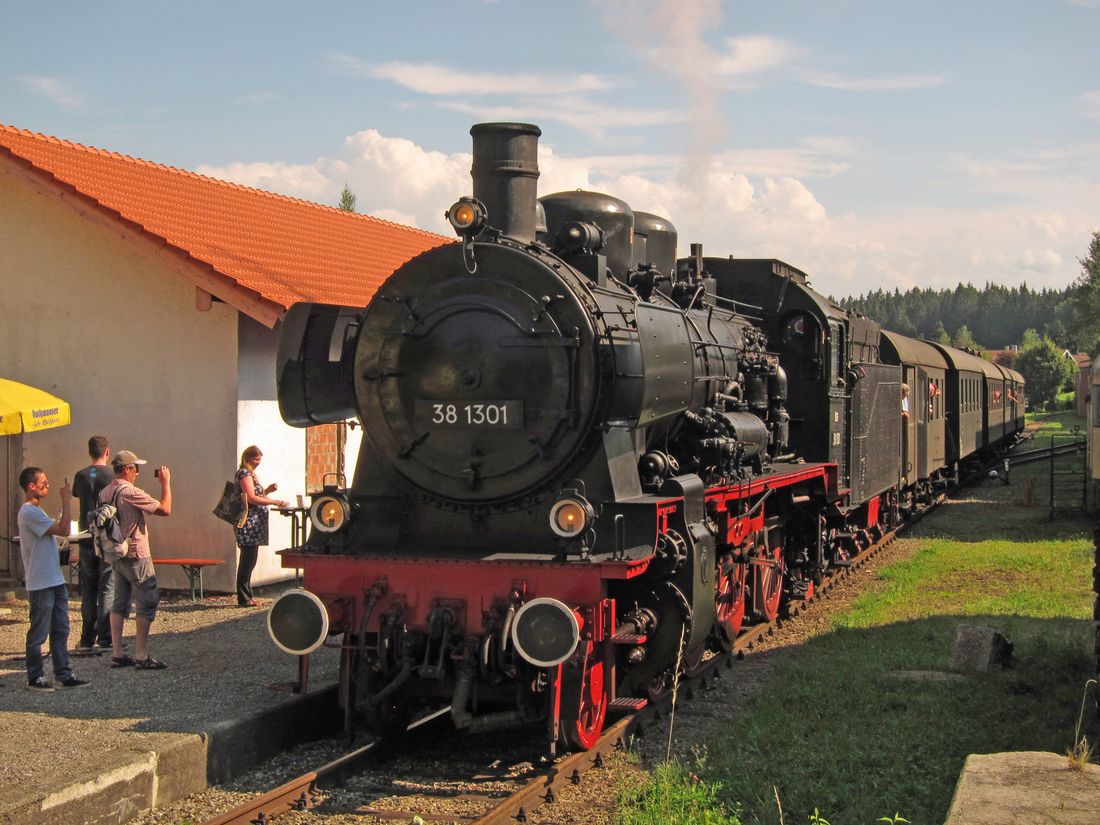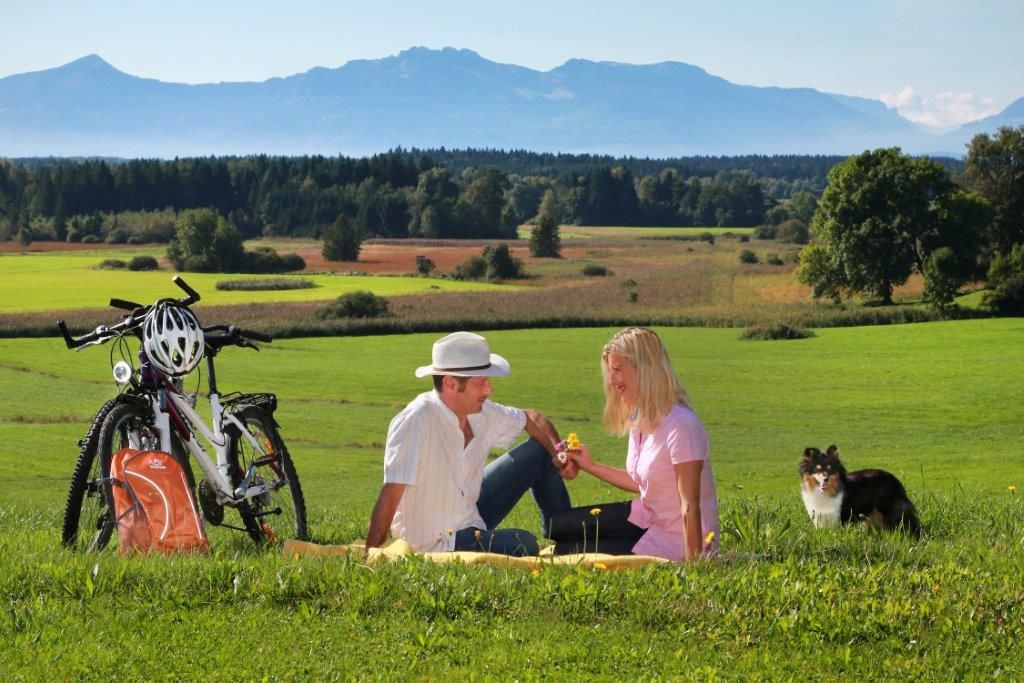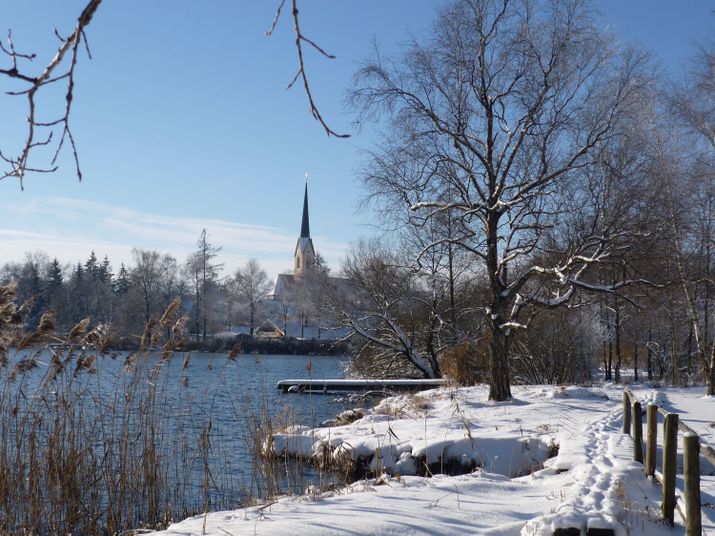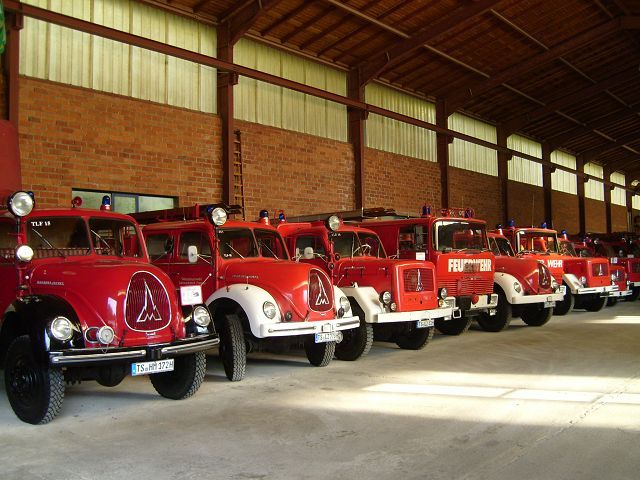Obingen local history
Similar to other places in the region with the ending "-ing", Obing also has a settlement history that goes back at least to the Celtic period. A row of graves uncovered in 1930 indicates traces of the Bavarians (6th century). The first documented mention dates from a gift from Bavarian Duke Theodebert to the Archbishopric of Salzburg in 716. Until the 19th century, Obing, with its own castle (burned down in 1860) and Hofmark rights, was often the property of changing high-ranking families and personalities. The railway connection in 1908 was followed in 1978 by the merger to form the Obing-Pittenhart-Kienberg administrative community.
Pittenhart local history
The place name Pittenhart (Bidenhardt) is derived either from the Aribonen Boto or Buto, a brother of Aribo II, known from the Hungarian wars and as a co-founder of the Millstatt monastery (around 1070), or from the Celtic water god Bid, who is mentioned in the Pittenhart Roman stone from 219 when Bedeius appears. The Roman stone was attached to the south side of the church until 1808. A Roman column in the basement of Oberbrunn Palace suggests early settlement by a Roman fort. The district was first mentioned in 924 in the Salzburg document book. What was probably an Aribon property from the 10th century in Oberbrunn became a manor for ducal Bavarian officials in the late Middle Ages and around 1530 a noble seat with a castle and estate. In 1818 the independent municipality of Pittenhart was formed, which merged with Obing and Kienberg to form an administrative community as part of the district reform in 1978.
Kienberg local history
The name Kienberg refers to a mountain once covered with pine or pine trees, which was settled by farmers as early as the 5th century. The name of the town first appeared as "Chyemberch" in 790 in the "Breves Notitiae" of the Archdiocese of Salzburg. In 1818, the community of Kienberg was formed on the basis of the community edict of the Kingdom of Bavaria. Since 1978 the place has belonged to the administrative community with Obing and Pittenhart. Also worth mentioning is the brick factory in Oed, which existed from 1850 to 2002 and was one of the largest companies in the region.
